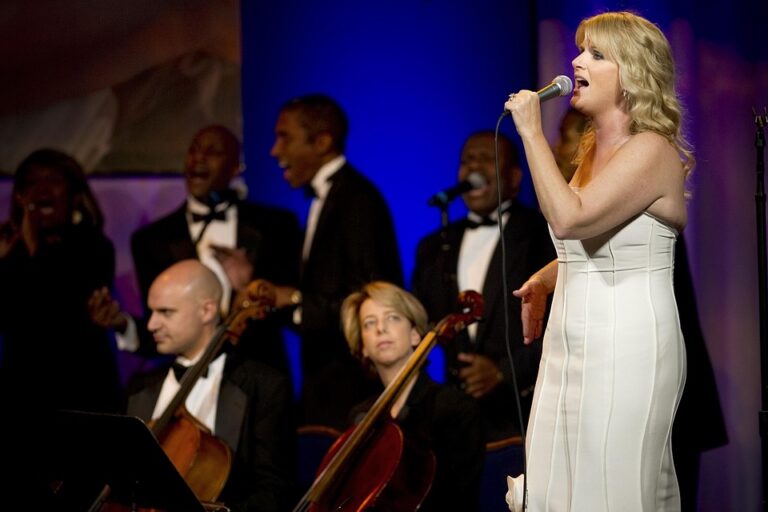Influencers vs. Celebrities: The New Age of Brand Ambassadorship
In today’s digital landscape, the lines between influencers and traditional celebrities are increasingly blurred. With the rise of social media, a new form of brand ambassadorship has emerged, giving brands fresh avenues for marketing. In this article, we delve into the dynamics between influencers and celebrities, focusing on the significance of celebrity endorsements in modern advertising.
The Evolution of Brand Ambassadorship
Historical Perspective
Traditionally, celebrity endorsements dominated the marketing world. Brands sought out well-known personalities from film, television, or sports, believing that their fame would transfer to products, creating a positive brand image. This method was based on the assumption that fans would want to emulate their idols, leading to increased sales. A classic example is the partnership between Nike and Michael Jordan, which effectively propelled the Air Jordan line to iconic status.
The Rise of Influencers
With the advent of platforms like Instagram, TikTok, and YouTube, influencers have emerged as modern-day celebrities. These individuals, often with niche followings, cultivate personal brands that resonate deeply with their audiences. Recent statistics show that influencer marketing is projected to become a $16.4 billion industry by 2022, highlighting its significance in brand ambassadorship.
Unlike traditional celebrities, influencers often have direct and personal interactions with their audiences, which can create a more trusted relationship. This raises a pivotal question: Are influencers the new celebrities?
Key Differences Between Influencers and Celebrities
Reach vs. Engagement
-
Reach: Celebrities tend to possess vast reach due to their established fame across multiple media platforms. A celebrity endorsement can reach millions quickly. For instance, a single post from a megastar like Kim Kardashian can generate millions of impressions.
- Engagement: Influencers typically foster higher engagement rates, even with smaller followings. It’s not uncommon for micro-influencers (those with less than 100,000 followers) to have engagement rates of up to 10%, compared to less than 2% for A-list celebrities.
Authenticity and Credibility
Another key difference is perceived authenticity. Influencers often promote products that align closely with their personal brand, making endorsements feel more genuine. This authenticity can drive consumer trust, as followers may see influencers as relatable individuals rather than distant stars. In a survey conducted by the Digital Marketing Institute, 70% of millennials trust influencers more than traditional celebrities.
Content Style and Medium
The type of content produced also differs significantly:
-
Celebrities: Often engage in high-budget advertising campaigns and polished brand collaborations, focusing on their status.
- Influencers: Tend to create varied content, from informal Instagram Stories showcasing a day-in-the-life to TikTok dance challenges promoting a product. This style resonates well with their audience and can lead to greater conversion rates.
The Role of Celebrity Endorsements in Influencer Marketing
Despite the rapid rise of influencers, celebrity endorsements still hold significant value. Many brands continue to integrate a blend of both strategies, leveraging the wide appeal of celebrities alongside the targeted engagement offered by influencers.
Case Study: The Impact of Celebrity Endorsements
Consider the collaboration between Ariana Grande and Starbucks for the "Cloud Macchiato." This partnership not only drew immense attention due to Grande’s popularity, but the ad campaign also featured influencers who generated organic buzz around the product, showcasing how both entities can complement each other.
Benefits of Combining Forces
Utilizing both influencers and celebrities in marketing campaigns can enhance a brand’s visibility and credibility. For example, using a celebrity for broad brand awareness while leveraging micro and nano-influencers can also create a sense of community and connection with specific target markets.
Conclusion: Finding the Right Balance
As we navigate this new age of brand ambassadorship, brands must assess their marketing strategies carefully. Employing a combination of influencers and celebrities allows for a balance of reach and engagement. It ultimately leads to a more nuanced approach that capitalizes on the strengths of both profiles.
For further insights into the influencer marketing landscape, check out our articles on "Top Influencer Marketing Trends for 2023" and "The Power of Micro-Influencers in Brand Strategy."
For external resources, refer to HubSpot’s Guide on Influencer Marketing and Statista’s Report on Celebrity Endorsements.
Suggested Images
- Image 1 Alt Text: Celebrity Endorsements – Michael Jordan Nike Campaign
- Image 2 Alt Text: Celebrity Endorsements vs Influencer Marketing
Navigating through the ever-evolving landscape of brand ambassadorship demands innovation and adaptability. Brands ready to balance the traditional celebrity endorsements with the rise of influencer marketing will be best positioned to capture consumer attention in today’s competitive market.


